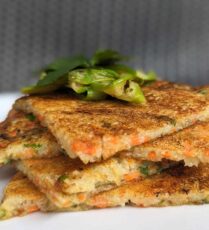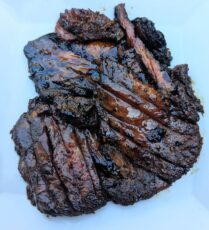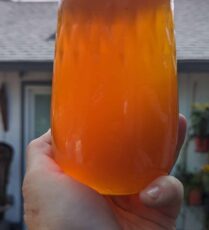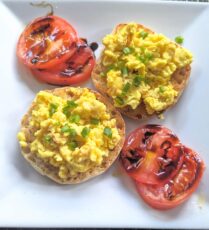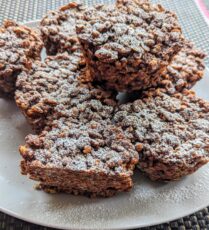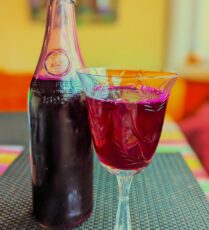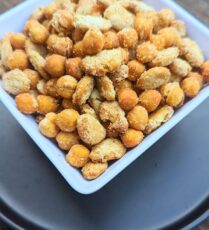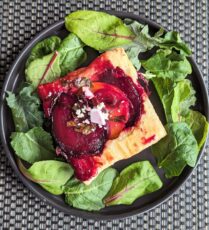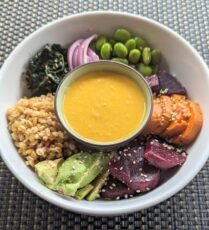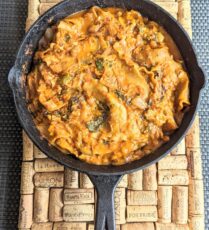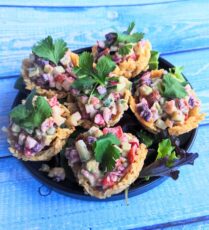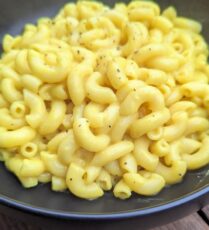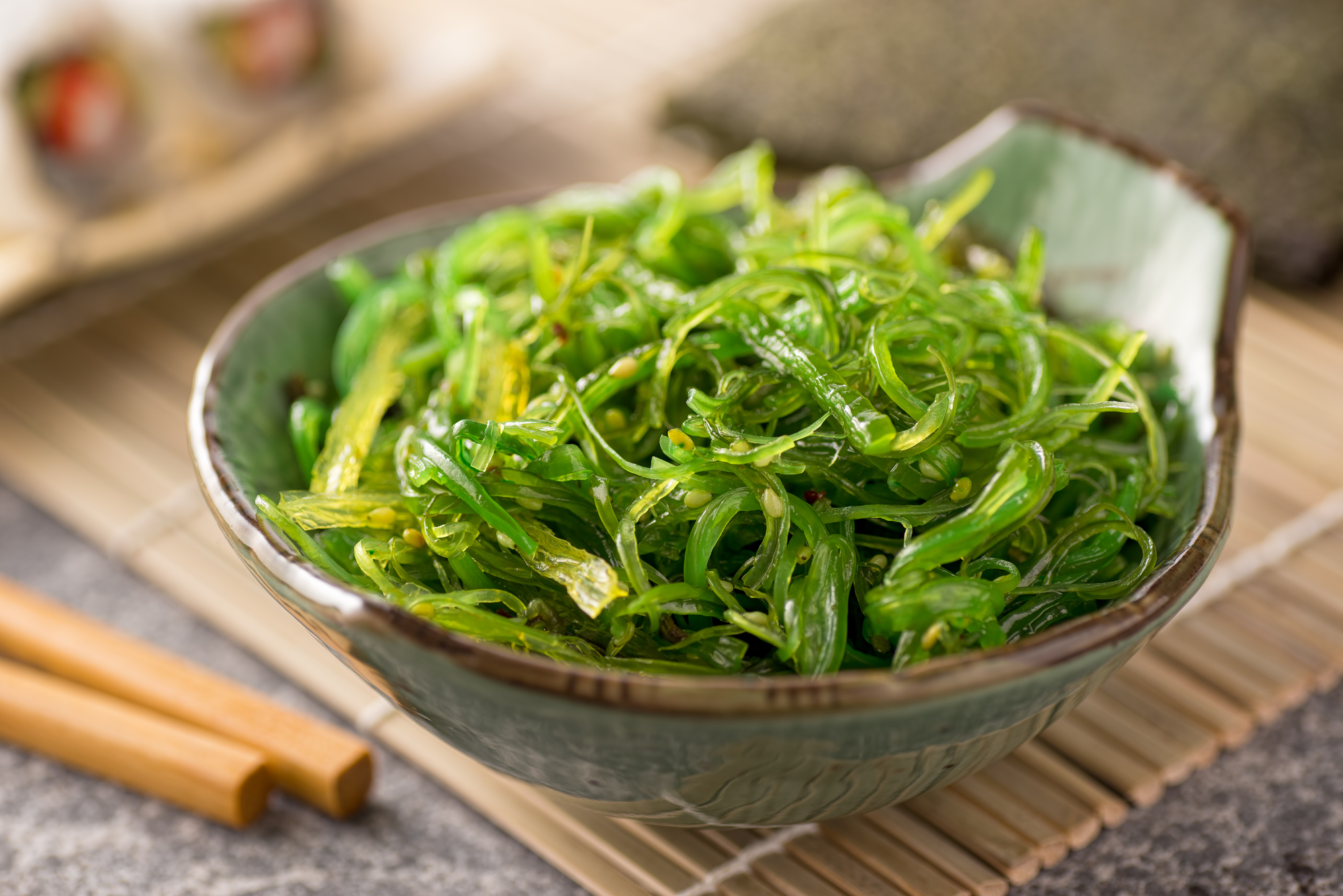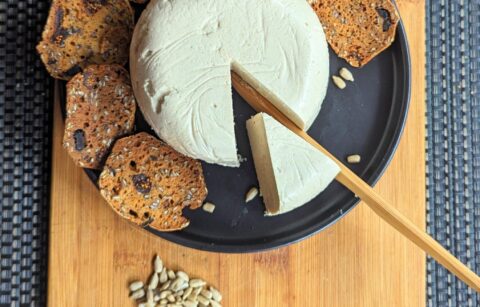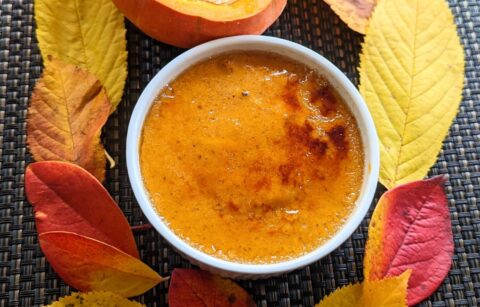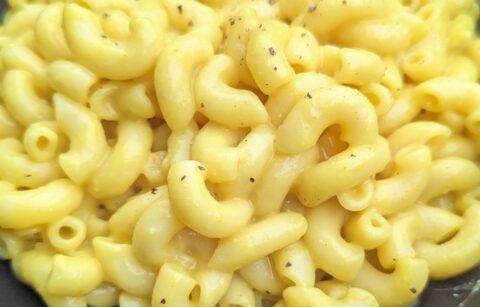In honor of the people of Japan, I wanted to feature a seaweed salad. It is said that Japanese people have eaten sea vegetables for more than 10,000 years.
Most seaweed, because it comes from the ocean offers the broadest spectrum of minerals of any food. It also contains a large range of amino acids and numerous trace minerals like zinc, chromium, tin, boron, and bismuth, which are largely non-existent in today’s food. Seaweed is a food that is also rich in lignans, which are known to help protect against cancer and inflammation.
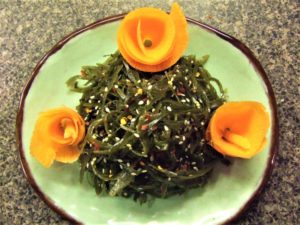 This being said, seaweed (kelp, wakame, nori, sea lettuce, hijiki, dulse, or Irish Moss) is a bit of an acquired taste. My first encounter was with sushi, but when I discovered this salad, it was both amazing and a little intense. Sweet and tangy with a well-developed umami flavor. Now, I love it. I can feel the minerals being absorbed by my body as I eat them. Forget popping mineral tablets, go for the seaweed salad instead! There is nothing better than eating foods in their wholesome symbiotic natural state. No drug can ever reproduce that without messing up something else in the process! That is one of the biggest problems of Western medicine/pharmaceuticals drugs and all of their harmful side effects. That is from the patient standpoint and not so much for the drug companies because they have to keep on producing more drugs to fix new problems the previous drug created! Come to think of it, is rather crafty!
This being said, seaweed (kelp, wakame, nori, sea lettuce, hijiki, dulse, or Irish Moss) is a bit of an acquired taste. My first encounter was with sushi, but when I discovered this salad, it was both amazing and a little intense. Sweet and tangy with a well-developed umami flavor. Now, I love it. I can feel the minerals being absorbed by my body as I eat them. Forget popping mineral tablets, go for the seaweed salad instead! There is nothing better than eating foods in their wholesome symbiotic natural state. No drug can ever reproduce that without messing up something else in the process! That is one of the biggest problems of Western medicine/pharmaceuticals drugs and all of their harmful side effects. That is from the patient standpoint and not so much for the drug companies because they have to keep on producing more drugs to fix new problems the previous drug created! Come to think of it, is rather crafty!
INGREDIENTS:
3/4 oz. dried seaweed (kelp or wakame, nori, sea lettuce, hijiki, dulse, or Irish Moss )
1 tbsp sesame oil
1 tbsp soy sauce
1 tbsp white/yellow miso paste
1 tbsp rice vinegar
1 tsp ground white sesame seeds
1 tsp freshly grated ginger (optional)
Garlic
RINSE THE SEAWEED:
Dried wakame is preserved in salted water (see photo below). Because of it, it looks a little greyish. So you will need to soak it in a bowl of warm water for 10 minutes or more until it is soft. Drain, then squeeze out excess water. Wash it under cold water well and drain. If the wakame is uncut, cut into 1/2-inch-wide strips. The thinner the better because the rehydrated seaweed will have a chewing quality to it but you don’t want too much of it.
| Dried wakame |
PUTTING IT TOGETHER
Combine all the ingredients and slowly add the sesame oil. Whisk the remaining dressing ingredients together and add to the seaweed. Mix well and chill for at least one hour.
NUTRITIONAL VALUE per serving:
Wakame is a good source of protein, Vitamin A, Vitamin C, Vitamin E, Vitamin K, Niacin, Pantothenic Acid and Phosphorus, and a very good source of Riboflavin, Folate, Calcium, Iron, Magnesium, Copper and Manganese.
It is one of the few vegan source of vitamin B12. So if you are vegan and do not like to take supplements, make sure to add seaweed like wakame to your soup broth and dulse to salads to benefit from these micronutrient rich sea plants!
Here is the breakdown:
15.0mg Calcium
10.7mg Magnesium
36.0 of IU vitamin A
19.6 mcg folate
1.4mg choline
18.8 mg total Omega-3 fatty acids
NOTE: Because it comes from the ocean, wakame is high in sodium, so if you have high blood pressure, consume small amounts. Washing it well, will remove a good part of the salt.
| Wakame package |
This is what the package of wakame seaweed I used looks like, but there are many other kinds and brands available. You can purchase them usually at natural food stores or Asian grocery stores (at a cheaper price and often with more brands to chose from).


